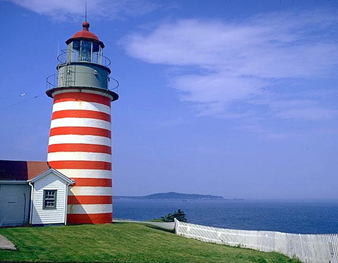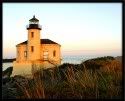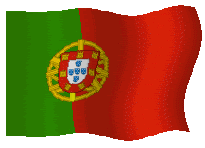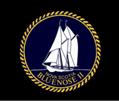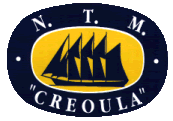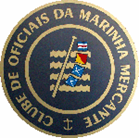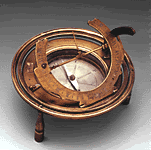
...
...
Fotografia Allaattin
O CABO DO FIM DO MUNDO ONDE A TERRA SE ACABA E O MAR COMEÇA
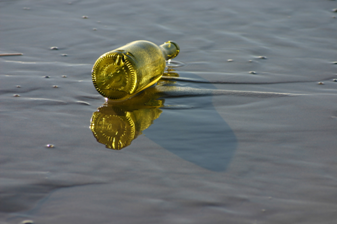
Sete meses depois, a garrafa foi achada por um garoto francês na costa da Bretanha. Achei aquilo sensacional! Pela ação das correntes marítimas, o minúsculo objeto atravessou o Atlântico e aproximou adolescentes de dois continentes, que não falavam o mesmo idioma. Isso numa época em que se navega nas ondas da internet com incrível rapidez...
Guardei a matéria e a reli inúmeras vezes pensando em escrever uma história sobre o tema. Na verdade, o que eu queria era refletir sobre a relação das pessoas com a tecnologia.
Penso que as máquinas existem para nos ajudar a viver melhor – ou, pelo menos, deveria ser essa sua função. Mas tem muita gente que se relaciona mais facilmente com o computador do que com a família...
Como não entendo nada de correntes marítimas, fui bater à porta de um oceanógrafo da Universidade de São Paulo (dr. Belmiro Mendes de Castro Filho, a quem agradeço no livro) e lhe perguntei de que ponto da costa brasileira minha personagem poderia jogar uma garrafa.
E até onde a garrafa chegaria. Ele me recebeu superbem e me deu uma aula sobre o assunto. Fiquei sabendo que o lugar ideal para o lançamento era o Nordeste – Ceará ou Rio Grande do Norte. E os destinos poderiam ser muitos: África, Golfo do México, Caribe, Nova Zelândia.
Quando o dr. Belmiro mencionou esse país, decidi que seria lá que a garrafa de Nara chegaria.
Escolhi jogá-la em Natal, porque conheço bem a cidade. É onde mora meu amigo Vavá (Valdemar Pedreira Filho, que inspirou o professor Valdir). Quanto à Nova Zelândia, estive lá fazendo uma reportagem para a revista Claudia em 1991 e me encantei com as belezas do país. Dr. Belmiro calculou o tempo que a garrafa demoraria para fazer o percurso: três anos. Era perfeito para o efeito que eu pretendia: entre 12 e 15 anos, uma garota muda muito!
Foi uma curtição escrever Uma garrafa no mar e, mais ainda, vê-lo ilustrado por Maurício Negro, que eu não conhecia.
Aproveitando fotos e mapas que eu lhe dei, ele fez várias colagens e criou ilustrações lindas!
...
...
Texto Brasileiro
Isabel Vieira
Fotografia Paul

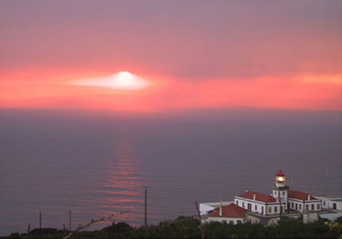
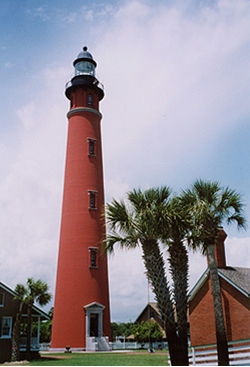
Site Established: 1834
Current Bldg. Erected: 1886
Height of Light Structure: 176.5 ft.
Focal Plane of Light: 164.5 ft.
Active: Yes
Lens: First-Order Fresnel
Beacon Visibility: 18 miles
In 1569, Spanish Captain Antonio de Prado's expedition explored an ocean inlet in the northeast corner of present-day Florida that he christened "the Mosquitoes" because of the abundance of insects that greeted them.
Although this initial landing did not result in the establishment of a colony for Spain, after a short era of English control in the middle of the 18th century Spain regained this land in 1784.
The area soon flourished with plantations and the correlating commerce that followed created the need for a navigational aid for the shipping of goods.
In 1834, the U.S. Congress authorized the establishment of a lighthouse at Mosquito Inlet.
William H. Williams was appointed the first light keeper but never had the chance to carry out his duties because the oil needed to light the tower was not delivered to the location.
After a severe hurricane in 1835 and 18 months of no oil deliveries, Williams took his family away from the lighthouse, leaving it to the whims of ransacking Seminole Indians, who broke into the tower and beacon room and confiscated the reflectors used in the lens.
This action was the beginning on the Second Seminole War, and the Battle of Dunlawton soon followed a few weeks later. It was recorded that these Seminoles used the stolen reflectors in their headdresses at this battle. Upon the Seminole victory, the area and lighthouse were abandoned for more than 50 years.
A new and exquisite lighthouse was designed by Francis Hopkinson Smith and built at the north side of Mosquito Inlet in 1886 as the need continued for a beacon between St. Augustine and Cape Canaveral to combat the dangerous currents.
In 1897, Stephen Crane, famous author of the Civil War classic novel The Red Badge of Courage was shipwrecked off Mosquito Inlet and used this new, grand light to navigate his raft back to shore. Afterwards, he wrote the famous short story "The Open Boat" to commemorate his shipwreck experience.
As the area grew in population, the location name was changed in 1926 to Ponce de Leon Inlet in the hopes of helping the real-estate market with a more appealing name.
In 1933 the lighthouse tower received electricity and within a decade the grounds were used to house Coast Guardsmen in World War II, who watched and patrolled the shores for enemy submarines.
In 1970 the Coast Guard built another beacon south of the present lighthouse land and deeded the current land to the town of Ponce Inlet, spurring the founding of the Ponce de Leon Lighthouse Preservation Association. The association acquired the designation of a National Historic Landmark for the lighthouse in 1972 and reactivated the light in 1982.
Over the past 30 years the Ponce de Leon Lighthouse Preservation Association painstakingly restored this lighthouse to its former splendor and glory.
...
...
Ponce Inlet, Florida

